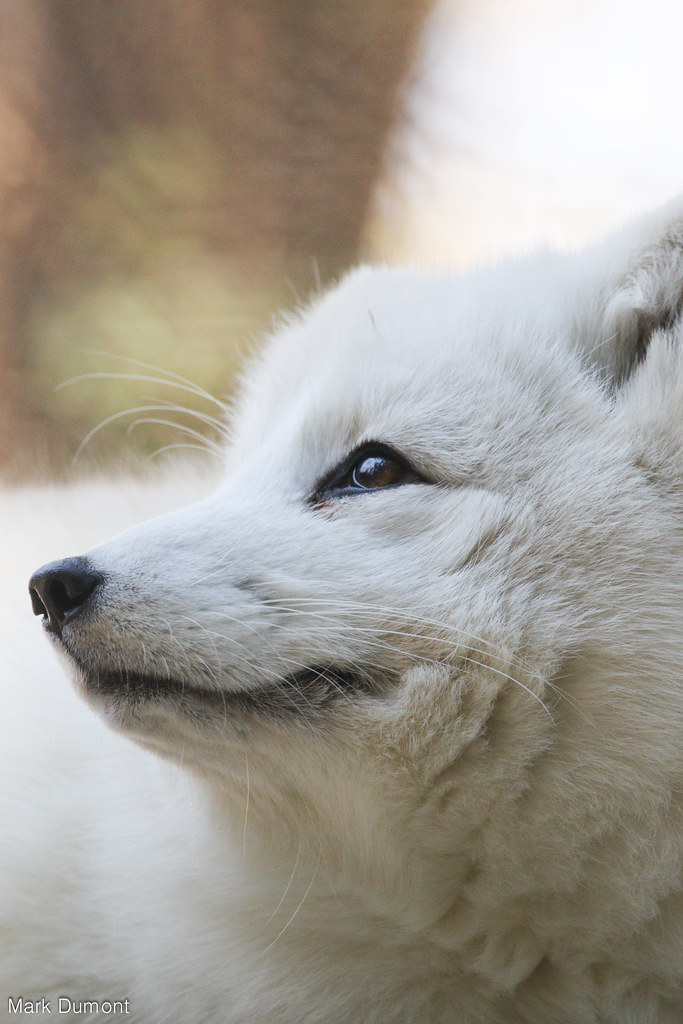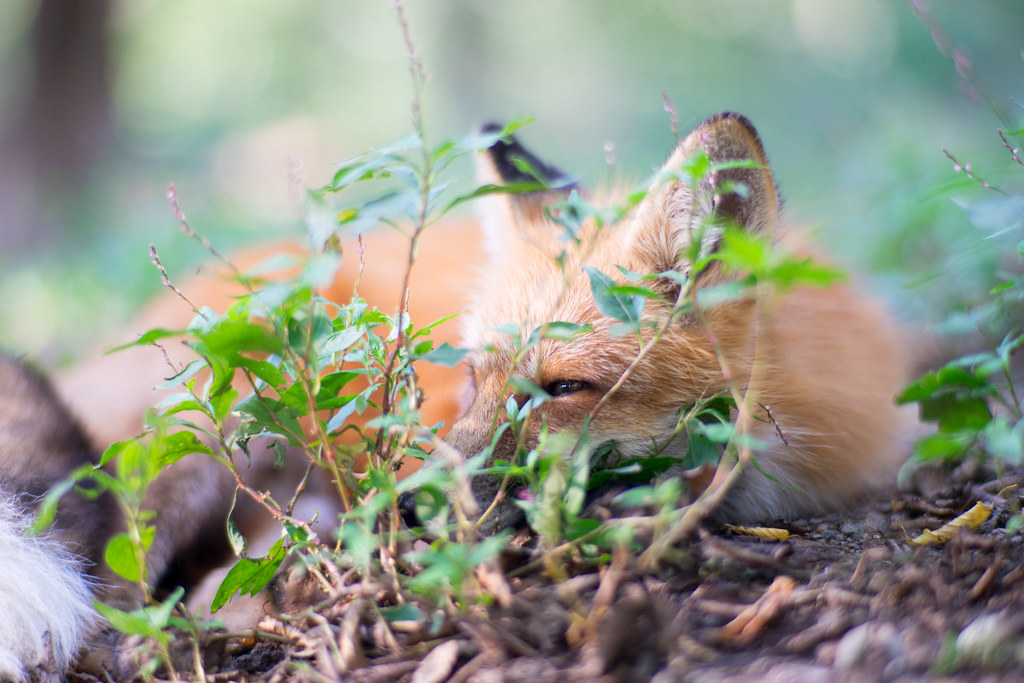 Arctic fox by Mark Dumont
Arctic fox by Mark DumontMonday, February 29, 2016
Sunday, February 28, 2016
Friday, February 26, 2016
Thursday, February 25, 2016
The Silent Conversation of Foxes
Monday, February 22, 2016
Saturday, February 20, 2016
The Rare Beauty Of Black Foxes
by
Lina D.
If
you've never seen a black fox before, you're not alone; these are
actually red fox color morphs, making them more rare than their
red-furred counterparts. Despite this, many still refer to these foxes
as if they were a separate group altogether, calling them silver foxes.
Fox imagery is found across cultures,
where they usually assume the role of a trickster. In everyday language,
too, the common word “vixen,” meaning a female fox, is used when
referring to a spiteful or quarrelsome woman.
#15
Thursday, February 18, 2016
Catalina Island foxes’ comeback so strong they may lose ‘endangered’ designation
By Christine Armario, The Associated Press
Posted:
The foxes on islands lying just off the state’s southern coast were once on the brink of extinction.
“We’ve been able to stop impairment and recover a species,” said Russell Galipeau, superintendent of Channel Islands National Park, which encompasses five of the archipelago’s eight islands.
Four fox subspecies that live on Santa Catalina, San Miguel, Santa Rosa and Santa Cruz islands were placed on the endangered species list in 2004. Disease and predators had dramatically reduced their populations.
Golden eagles that migrated to San Miguel and Santa Rosa devoured the foxes, leaving only about 15 on each island by 2000. The number of foxes on Santa Cruz Island dipped to a low of 62 in 2002.
The golden eagles were able to spread to the islands because the islands’ native bald eagles, which didn’t prey on foxes, were wiped out there by the discharge of the now-banned chemical DDT into coastal waters.
Wildlife officials and biologists crafted a plan that included relocating the non-native golden eagles from the northern Channel Islands, killing off Santa Cruz’s huge population of feral pigs that lured golden eagles, reintroduction of bald eagles, vaccinating the foxes against canine distemper and breeding the foxes in captivity.
Officials said Friday the fox populations have now recovered to self-sustaining levels. The U.S. Fish and Wildlife Service is calling their resurgence the fastest successful recovery of any mammal listed under the Endangered Species Act.
As of last year, there were 520 native foxes on San Miguel and 874 on Santa Rosa, according to the group Friends of the Island Fox. The number of foxes on Santa Cruz Island had risen to 1,750.
“It was a challenge but one of the nice things is we were separated by ocean so we could control a lot of the potential impact,” Galipeau said.
On Santa Catalina, canine distemper brought over from the mainland reduced the fox population to 103 in 2000, but last year it was 1,717.
Officials are recommending native foxes on Santa Catalina island be reclassified from endangered to threatened, saying the potential for disease outbreak is a remaining threat.
Two other subspecies on San Nicolas and San Clemente aren’t endangered. There were 263 foxes on San Nicolas and 1,230 on San Clemente.
Tierra Curry, senior scientist at the Center for Biological Diversity, credited the Endangered Species Act for saving the island foxes.
“Thanks to its remarkable power, we can celebrate the successful recovery of the island foxes,” Curry said in a statement.
Once the home of Native Americans, the Channel Islands were reached by early European explorers, fur hunters seeking sea otters, seals and sea lions, and then became a base for fishermen, according to the National Park Service.
Later came ranching, agriculture and military defense operations before preservation efforts began. Santa Catalina became and remains a destination for tourists and recreational boating.
source
Wednesday, February 17, 2016
Hmmmm... Do I detect a photographer?
Tuesday, February 16, 2016
I spy, with my little eye!
Monday, February 15, 2016
Photographer Proves That Foxes Are Extremely Loving Creatures
3 days ago
by Julija Nėjė
“I know of no animal that shows as much love and affections as foxes
do. That could be because I know no animal, like I know foxes, but
that’s not the point here. The point is….love. Foxy love to be more
precise.”
“Foxes are known to be smart, false, deceitful and mean creatures- a successful character assassination; even I believed it as a child, when reading the famous fox fables. That was, until I started following foxes and learned to know them very well and found out that love must be their middle name.”
More info: roeselienraimond.com | Facebook | 500px
Thank you, Roeselien Raimond, for talking to Bored Panda about your amazing work!
source

by Julija Nėjė
Talented Dutch photographer Roeselien Raimond (whom we’ve written about and spoken with before here)
takes stunning photos of wild foxes. For this year’s Valentine’s day
she agreed to give Bored Panda an exclusive interview and talk about how
attentive and loving foxes are, despite the popular belief that they
are mean and deceitful creatures.
“Foxes are known to be smart, false, deceitful and mean creatures- a successful character assassination; even I believed it as a child, when reading the famous fox fables. That was, until I started following foxes and learned to know them very well and found out that love must be their middle name.”
More info: roeselienraimond.com | Facebook | 500px
“I know of no animal that shows as much love and affections as foxes do,” Roeselien told Bored Panda
“It’s sad that foxes are believed to be deceitful and mean creatures, even I believed it as a child”
“That was, until I started following foxes and learned everything about them”
“I found out that love must be their middle name”
“I know that foxes will use any excuse for a good cuddle session”
“Under the disguise of cleaning each others coats lies pure attention and dedication to one another”
“Mothers and children, brothers and sisters, fathers and cousins… it’s like they live in some sort of hippy community”
“Sleeping in peace and waking up for love and cuddles, proving everyone who thought they were mean wrong!”
“There’s one thing I can still agree to, regarding the stereotypes about foxes. Foxes are smart indeed!”
“They understand that it’s love that makes our world go round”
“So spread the word and that foxy love!”
Thank you, Roeselien Raimond, for talking to Bored Panda about your amazing work!
source
Sunday, February 14, 2016
Subscribe to:
Comments (Atom)








